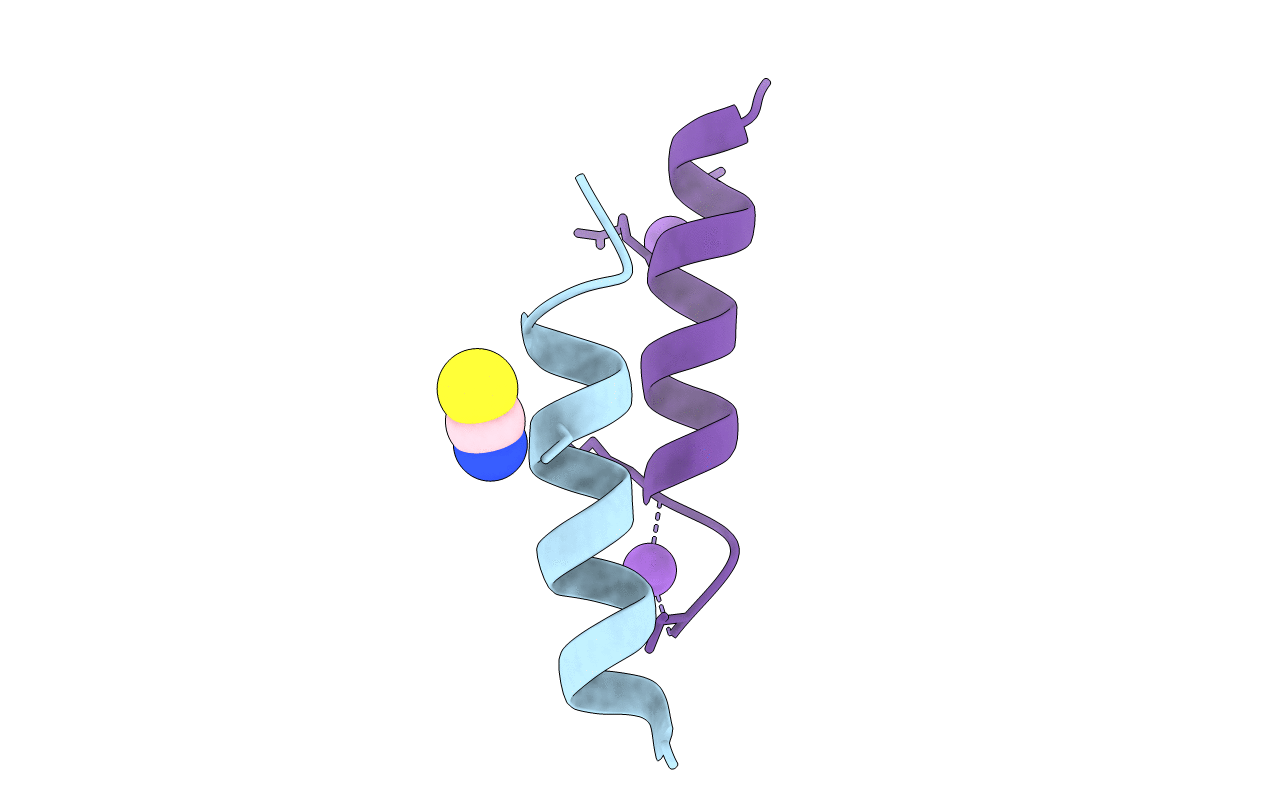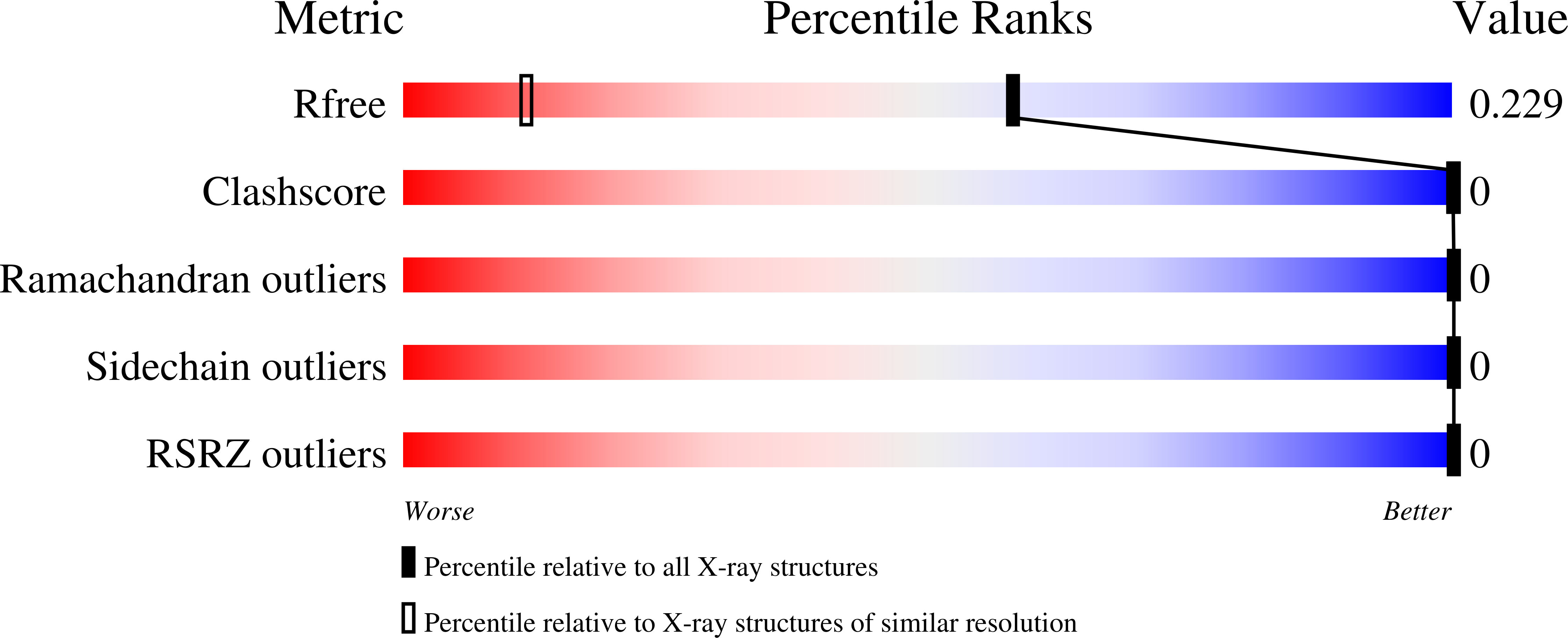
Deposition Date
2018-06-13
Release Date
2019-06-26
Last Version Date
2024-05-15
Entry Detail
PDB ID:
6GS3
Keywords:
Title:
Crystal Structure of the Uperin-3.5 peptide from Uperoleia mjobergii forming cross-alpha fibril
Biological Source:
Source Organism:
Uperoleia mjobergii (Taxon ID: 104954)
Method Details:
Experimental Method:
Resolution:
1.45 Å
R-Value Free:
0.22
R-Value Work:
0.18
R-Value Observed:
0.18
Space Group:
P 1 21 1


